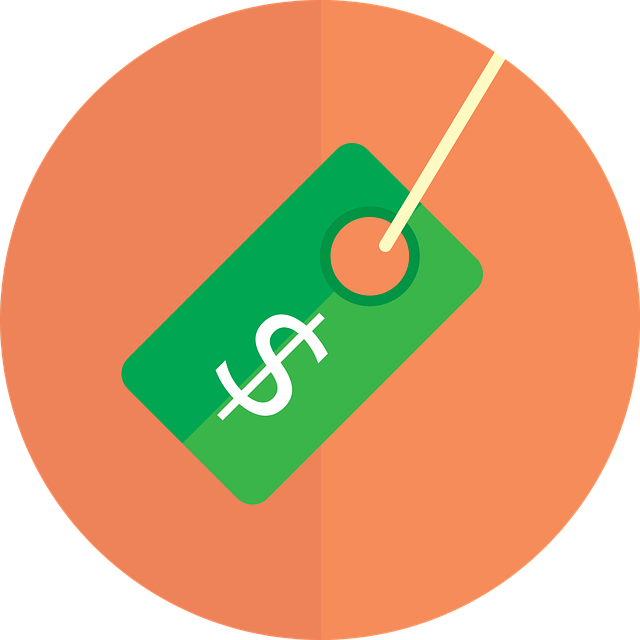Boundaries? What are those?
As entrepreneurs, we often give 110% to our career, checking in with business on weekends, answering emails late at night, and putting work first above everything else.
It’s easy to look the other way when work starts to seep into other parts of our lives, and without clear boundaries, it’s more likely than not to become a regular occurrence.
When you started your entrepreneurial journey, stress and lack of free time probably weren’t high on your list of desirables. But without boundaries, that’s exactly what you’ll wind up with.
In this post, we’re taking a closer look at the need for boundaries as an entrepreneur, and how they can actually help you do your job more effectively.
A World Without Boundaries
You leave the office at 6 p.m. to pick the kids up from soccer practice.
As you make the drive home, your phone continues to ping with alerts. Once you’ve arrived, you stir up some macaroni dinner with one hand while checking emails with the other.
As your head finally hits the pillow a few hours later, it’s illuminated by the blue glow of your tablet screen, which ticks off a list of the many items that will be clamoring for your attention first thing in the morning.
Sound familiar? This is the life of an entrepreneur without boundaries.
If you thrive on this kind of always-connectedness, great! No need to read further.
But chances are, it’s not your ideal scenario. When you’ve constantly got part of your mind on work, the other areas of your life—your relationship, your children, your friendships—inevitably suffer.
The same goes for how your mind functions when you’re at work. If your “door is always open,” so to speak, you’re constantly setting yourself up for distractions and will never be able to focus 100% on an important task.
Without boundaries, you’ll never reach your full potential as an entrepreneur because part of your time, energy or attention is focused elsewhere.
The solution? Clear and intentional boundaries. When you set boundaries for your time, your communication channels and your mental energy, you ensure that the most important tasks get your best and most impactful attention.
The result is better service for your clients, more effective engagement with your team, and a more balanced life outside of work.
Time Boundaries
 The first set of boundaries is the biggest and perhaps most difficult to set—boundaries with your time.
The first set of boundaries is the biggest and perhaps most difficult to set—boundaries with your time.
Do you regularly find yourself facing days with three or four meetings in a row, questioning why you’d ever do such a thing to yourself? Yep, been there!
As entrepreneurs, we want to be there for our customers. And our employees. And our colleagues. And our communities. But when you spread your time too thin, you don’t leave enough time for the actual “doing work” part—the part that keeps you in business in the first place!
It’s critical that you guard your time more closely, setting aside scheduled time slots for the legwork it takes to turn the gears of your business.
Two tools we love for setting time boundaries are Calendly and You Can Book Me.
You Can Book Me integrates directly with your existing calendar (iCloud, Google, etc.). When someone wants a meeting with you, instead of the “what day & time works for you?” song and dance, you simply send them an easy booking link.
The platform will only offer up times where you don’t have an existing commitment. You can also block off chunks of your schedule that are off limits to bookings.
Calendly offers similar features, but is particularly useful for teams or for meetings where multiple parties need to coordinate. Using the platform, everyone involved can indicate where they have availability and Calendly will show you the optimum window to sync up.
Instead of taking meetings willy-nilly with no regard for how they fit into your workflow, using a system like one mentioned above can help you set time boundaries so your most important work always has a place in your schedule.
Communication Boundaries
Oh, the inbox overflow—probably one of the most universal struggles of being an entrepreneur.
In order to get your work done, you can’t be bogged down in endless email threads. Setting communication boundaries ensures that your energy stays focused on the task at hand and no work falls through the cracks.
Even when someone is directly asking you to do something, when it’s sent via email, it’s way too easy to skim over it and then forget about it forever. Whenever possible, we advocate for taking communication off of email and setting a boundary for your team to use a more action-oriented platform.
For day-to-day communication with your team, like “what time is the meeting?” and “what are everyone’s thoughts on this idea?” we recommend Slack. It’s an instant-messaging platform built specifically for teams that work together, and it has all sorts of integrations that will make your life a little easier.
For example, you can integrate Slack with your CRM so that every new lead has its own designated conversation. Or, sync it up with Google Analytics so that each team member stays on top of your metrics.
For task-based communications, like who’s working on what, we love Asana. It’s a virtual task management system that allows you to create to-do lists for various projects, assigning each item to the responsible party as you go.
And yep—Slack and Asana integrate with one another, so all your communications are synced up.
These are great boundaries for internal communications, but what about communicating with your customers?
From the start of your client relationship, set clearly defined times for when you are and are not working, and stick to them. Furthermore, set a designated method for communicating on work-related items, be it phone, email or some other channel.
Without one, you’re bound to receive a voicemail, text message and email from a client, all on the same topic, when something needs your attention. Talk about a waste of your energy!
Mental Boundaries
 Finally, the area most entrepreneurs fail to address: our mental boundaries.
Finally, the area most entrepreneurs fail to address: our mental boundaries.
You know that feeling when you’ve been brainstorming with your team all morning, had a client lunch and are looking ahead to a networking event that evening? Mental. Exhaustion.
We tend to see our mental state as something flexible—a thing that can be compromised in the name of getting the job done. Just power through it!
The truth is, though, when you’re not functioning at 100% mentally, you’re doing your business no favors.
Take a good, hard inventory of your mental capacity and set clear boundaries around it.
For example, if you’re the type who feels mentally sluggish later in the day, set a policy that you only take meetings before noon. If you require a catch-up chat with your team to feel prepared before an important sales pitch, build that powwow into your scheduling system.
Setting mental boundaries is all about being self-aware: what can you realistically tackle before your mental tank is empty? Define that point, then set a boundary not to schedule yourself beyond it.
Have you set boundaries for your time, your team or your clients? Leave us a comment and let us know how you did it.
Get our best content for entrepreneurs delivered directly to your inbox! Subscribe to our blog below.
Additional Resources
How To “Trade Up” Your Problems
Embracing Plateaus in Your Business














.png)


